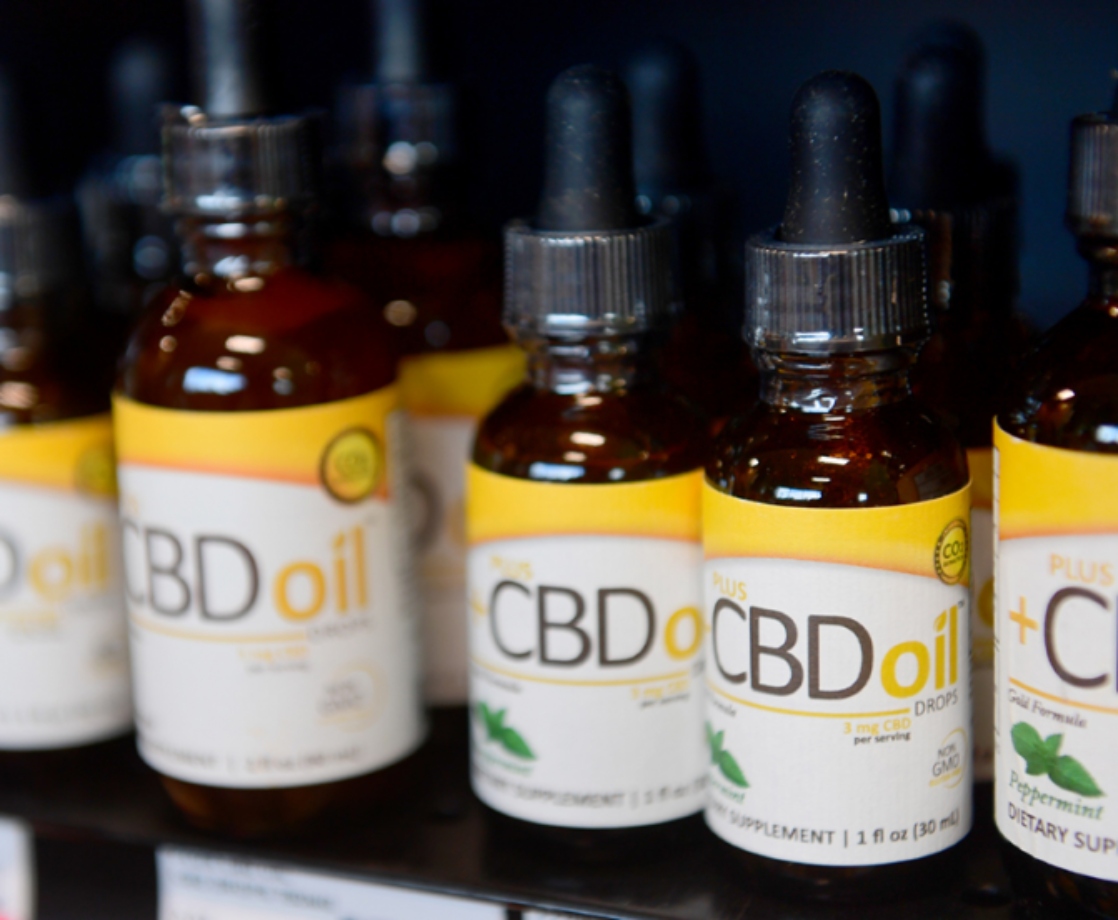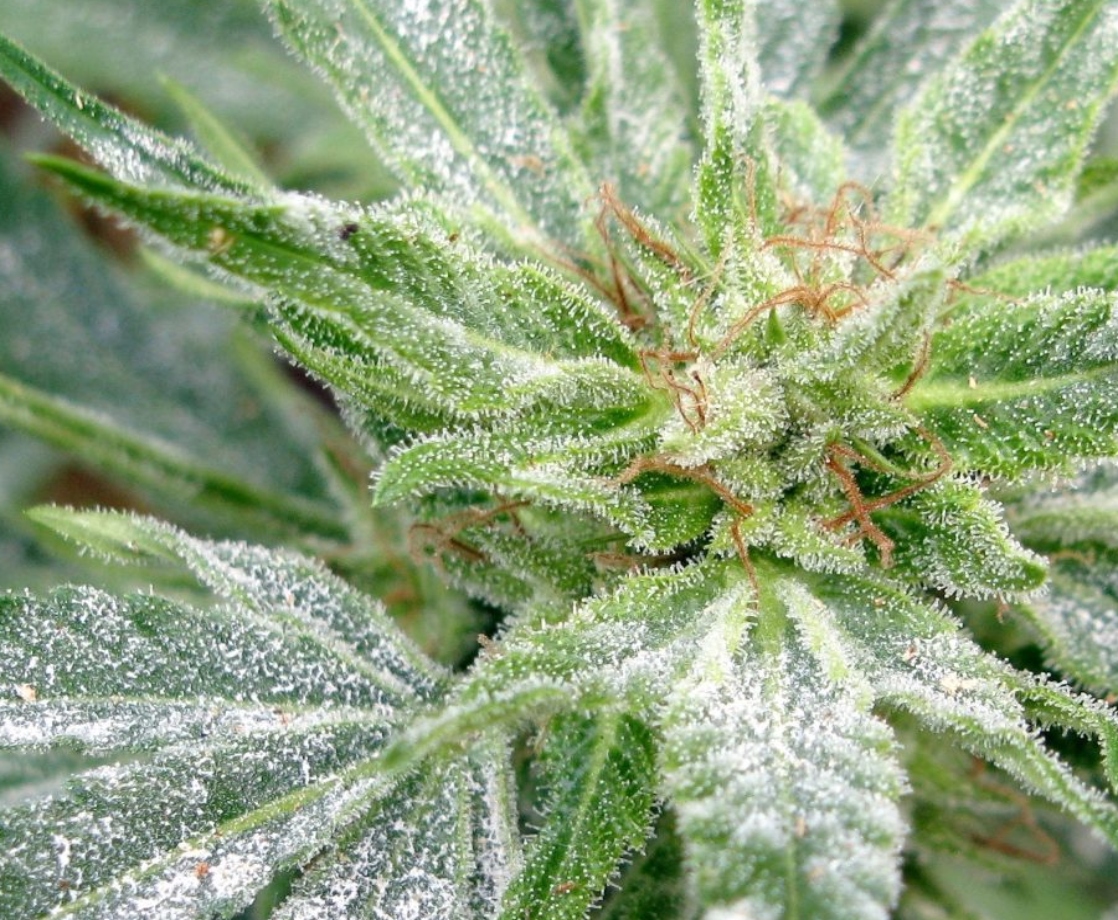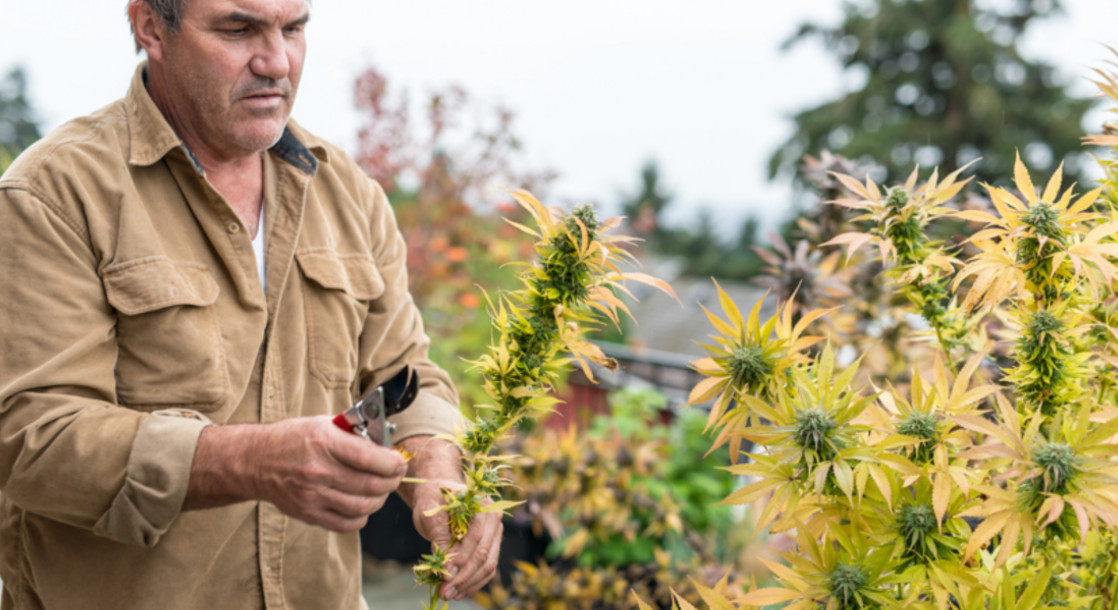While Canada begins importing weed from other countries to keep up with demand, its cannabis retailers are watching CBD products fly off the shelves.
“I don’t think the licensed producers really realized how popular CBD was, so there’s none available, really,” Krystian Wetulani, the owner of Vancouver’s City Cannabis Co., told CTV News. “When something becomes available on the cannabis wholesale ordering sheet, everybody tries to get all that’s available. It’s like a race. That’s one of the biggest opportunities we’re facing in the legalized market.”
Last October, Canada legalized adult-use marijuana. Since then, the country’s pot shops have experienced widescale cannabis shortages due to heavy manufacturing regulations, licensing complications, and a general lack of foresight on the government’s part.
But Canadians’ interest in CBD — a non-intoxicating component of the cannabis plant — skyrocketed after the US officially legalized hemp last December. Although THC-rich marijuana plants can produce CBD, processors prefer to source CBD from low-THC hemp due to lighter regulations and easier chemical extraction processes.
“Because of the [US] farm bill passing, the sexiness or the in-vogue profile of CBD went through the roof,” said Khurram Malik, the CEO of Biome Grow, a Canadian hemp cultivator. “The demand side just blew up and caught everyone by surprise, on both sides of the border.”
The CBD market has rapidly expanded in just the last few years. In 2015, the global CBD market was valued at $202 million. Today, it’s worth just over $1 billion in the US alone. By 2025, CBD sales could hit the $22 billion mark worldwide.
CBD “represents almost half of our business now,” said Ray Gracewood, the chief commercial officer at OrganiGram, a licensed cannabis supplier in Canada, to CBC in March. He suspected reupping CBD would take at least six months.
“The reality of the production environment is that cannabis takes a certain amount of time to grow within our facility, and therefore it takes us some time to adapt to changes within forecasting.”
Follow Randy Robinson on Twitter











